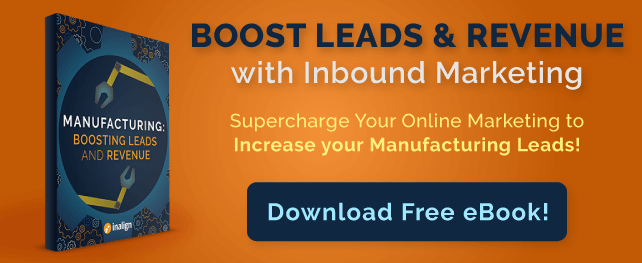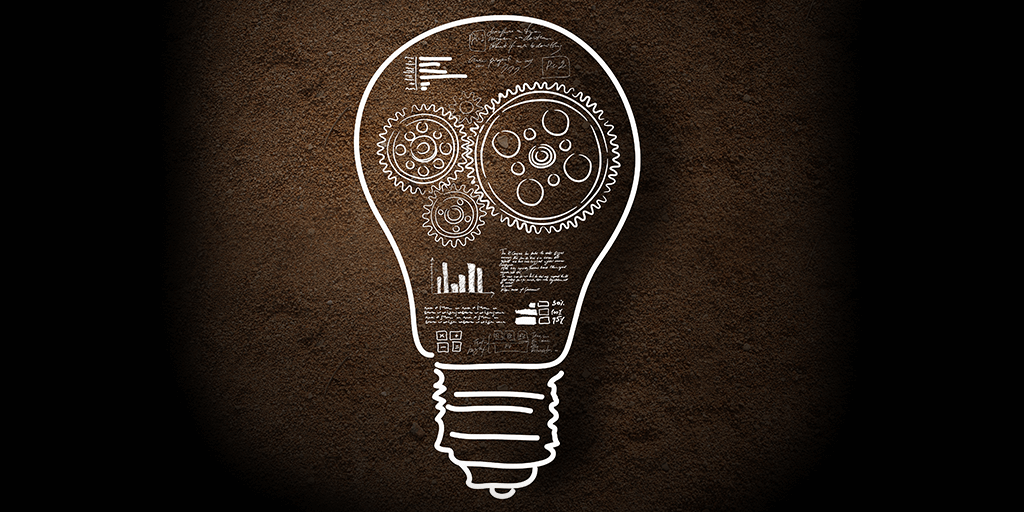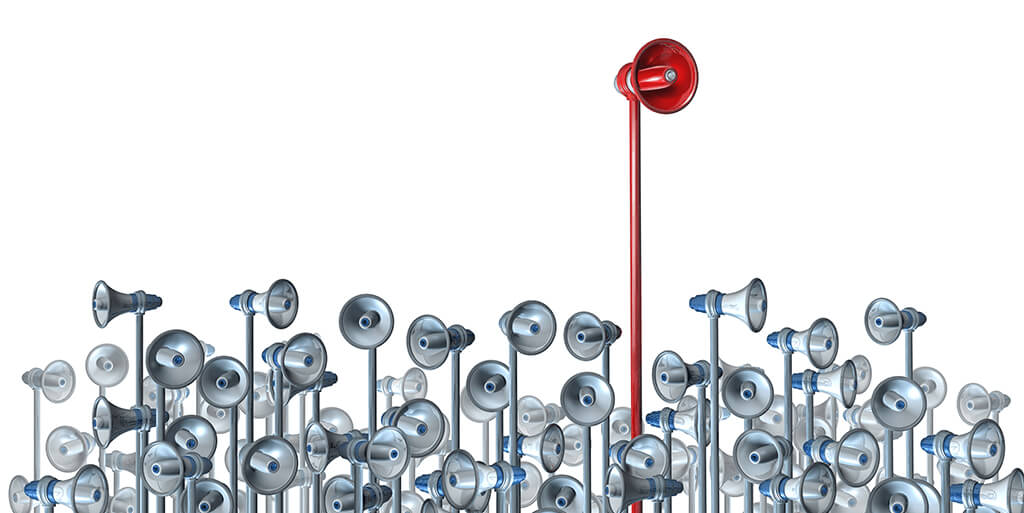![]()
If you don’t understand how buyers behave in your industry, your marketing strategy is suffering.
Without understanding your buyer persona and their journey, you could be sinking into marketing chaos: how would you know what content they want to see? Which CTAs they want to click?
That’s why we’re going to explore the buyer’s journey for industrial consumers. Let’s see how we can create content that caters to your industrial buyers at every stage in their journey.
What is the Industrial Buyer’s Journey?
As noted in GlobalSpec’s comprehensive "2015 Digital Media Use in the Industrial Sector", the industrial buyer’s journey (or "cycle", in their terminology) consists of three stages:
- Needs analysis/research
- Comparison/Evaluation
- Purchase
This aligns well with the three stages we follow when mapping content:
- Needs Analysis → Awareness Stage
- Evaluation → Consideration Stage
- Purchase → Decision Stage
When you’re planning to map your content to the buyer’s journey, it’s imperative that you understand each stage.
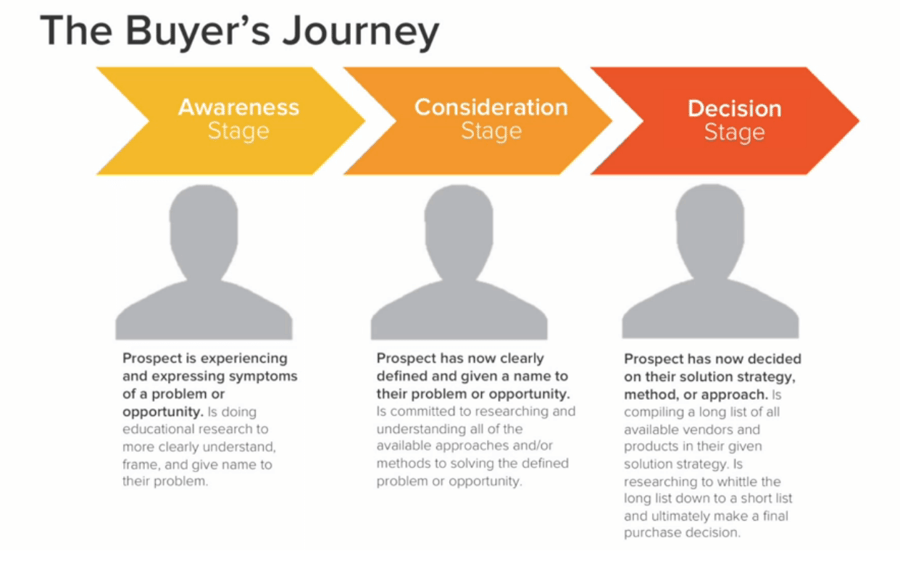
For example: let’s say you have dust building up in your ductwork. Once you learn about this problem, you’ll spend some time researching possible causes of the problem. This is the awareness stage.
Let’s say the problem is that your dust collector is not powerful enough to pull the dust through your ductwork correctly. You’ll need a new dust collector. You now look at various dust collector manufacturers, informative blogs, regulatory websites and meet with engineers to determine your specifications and application. While doing this, you’ll be evaluating potential suppliers that can hopefully meet your specs. This is the consideration stage.
Now you’re ready to pull the trigger. You do a final analysis between competitors and products and buy one. This is the decision stage.
What Content Suits Each Stage?
Now that we better understand our industrial buyers, we can determine which content suits them based on their stages in the buyer’s journey.
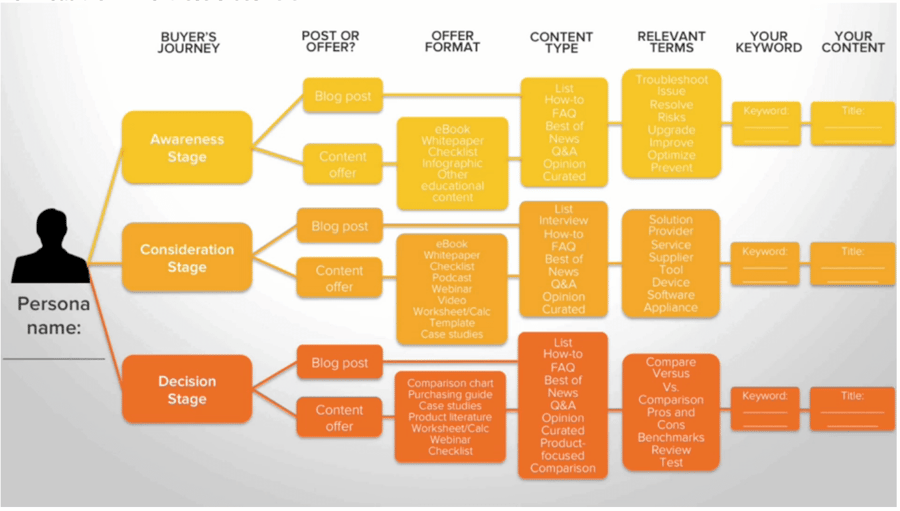
- Awareness Stage: this could include blog posts, infographics or videos about problems that your product solves. To follow our previous example, a post about what dust buildup in your ductwork means and how undersized dust collectors are often the culprits. Make these easily digestible for people who are still trying to identify their problem.
- Consideration Stage: This content gets more detailed. Things like checklists that visitors can follow or whitepapers that help visitors understand what kind of product they need to solve their problem. For example, you could have a whitepaper on how to size your dust collection system.
- Decision Stage: This is where your product really needs to shine. Things like price calculators or product comparisons are ideal in this stage. These help people finally pull the trigger. In our example, a comparison of why your dust collectors are more durable or long-lasting than competitors’ models would help persuade your visitor to give you a call.
Conclusion
When marketing to industrial consumers, it’s essential that you cater your content to their current needs. This is why we map content based on the buyer’s journey: it allows you to attract and nurture leads no matter how close they are to a purchasing decision.
A good content map will help guide your visitors through the journey, from the initial problem to purchase. You should be there every step of the way so that when they’re finally ready to make their decision, they’ll think of your company first.
